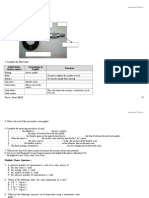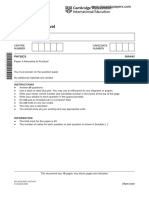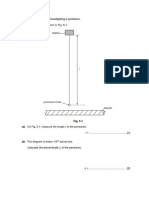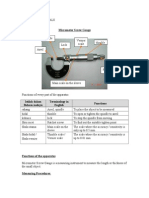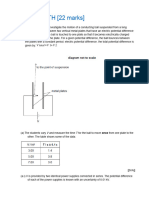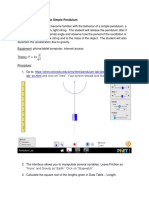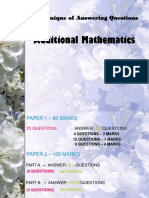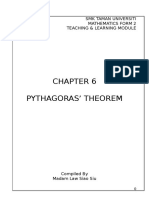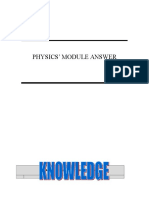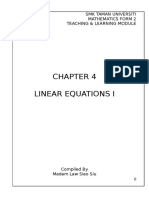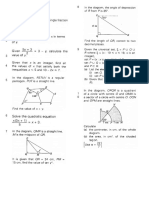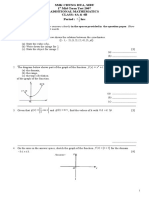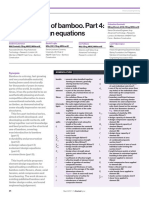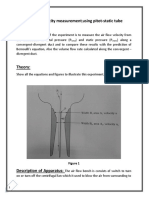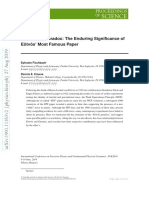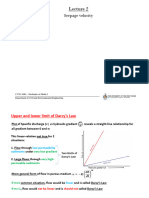0% found this document useful (0 votes)
175 views3 pagesSection A: F4 Physics/Introduction of physics/JLYC/2016
A student measured the diameter of a copper wire by winding it around a pencil 20 times. This allows measuring the combined thickness of 20 turns rather than just one, improving accuracy. Sources of error include inconsistencies in tightness of winding and imperfections in the wire. A micrometer screw gauge would provide a more precise measurement than a ruler.
A separate experiment measured the period of a loaded spring's oscillations using a stopwatch. The stopwatch recorded the time for 20 complete oscillations. Period is a scalar quantity.
Two groups of students measured the oscillation time of an inertia balance with different stopwatches. Their results were inconsistent due to random errors in the devices and possible systematic errors in technique. Consistency is
Uploaded by
Jarnice Ling Yee ChingCopyright
© © All Rights Reserved
We take content rights seriously. If you suspect this is your content, claim it here.
Available Formats
Download as DOCX, PDF, TXT or read online on Scribd
0% found this document useful (0 votes)
175 views3 pagesSection A: F4 Physics/Introduction of physics/JLYC/2016
A student measured the diameter of a copper wire by winding it around a pencil 20 times. This allows measuring the combined thickness of 20 turns rather than just one, improving accuracy. Sources of error include inconsistencies in tightness of winding and imperfections in the wire. A micrometer screw gauge would provide a more precise measurement than a ruler.
A separate experiment measured the period of a loaded spring's oscillations using a stopwatch. The stopwatch recorded the time for 20 complete oscillations. Period is a scalar quantity.
Two groups of students measured the oscillation time of an inertia balance with different stopwatches. Their results were inconsistent due to random errors in the devices and possible systematic errors in technique. Consistency is
Uploaded by
Jarnice Ling Yee ChingCopyright
© © All Rights Reserved
We take content rights seriously. If you suspect this is your content, claim it here.
Available Formats
Download as DOCX, PDF, TXT or read online on Scribd
/ 3










